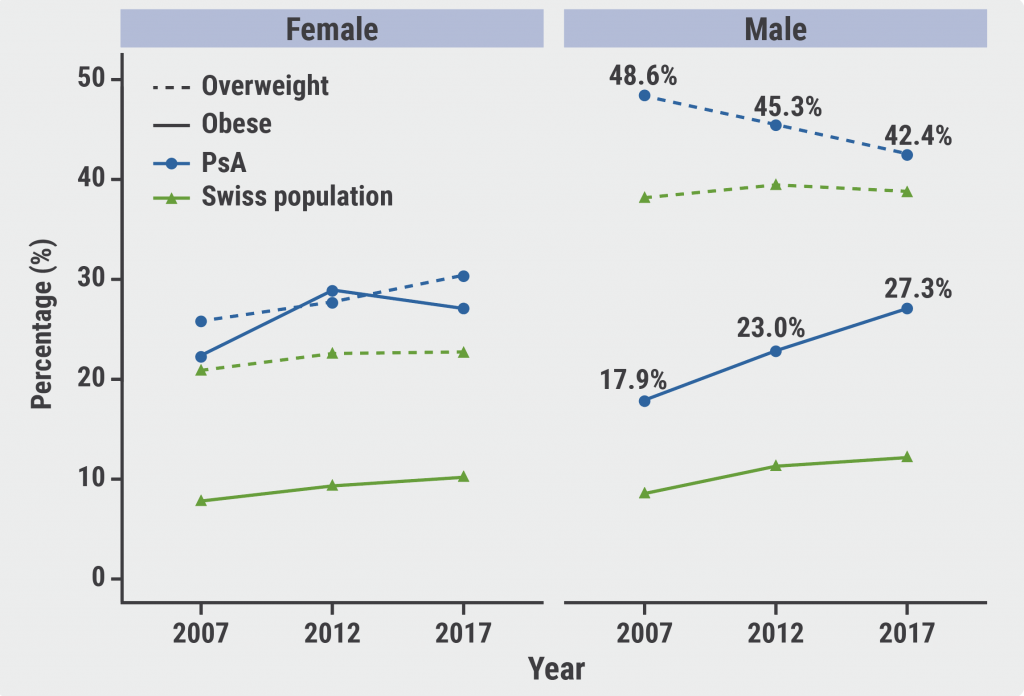https://doi.org/10.55788/a1d68050
Telitacicept is a recombinant fusion protein which targets and neutralises the cytokines B-lymphocyte stimulator (BLyS) and a proliferation-inducing ligand (APRIL). It was approved in 2021 to treat moderate-to-severe systemic lupus erythematosus (SLE) in China. A randomised, double-blind study (NCT03016013) compared the efficacy and safety of telitacicept 160 mg with placebo in RA participants with an inadequate response to methotrexate. Participants were randomised 3:1 to receive telitacicept 160 mg or placebo once weekly for 24 weeks. This double-blind study was followed by an open-label extension for another 24 weeks, in which participants in the placebo arm switched to telitacicept. The primary endpoint was an ACR20 response at week 24.
Of 719 screened RA participants, 479 were randomised to receive telitacicept 160 mg (n=360) or placebo (n=119). In the experimental and the control group, 90% and 88% completed the double-blind period, respectively. Results of the full analysis set were presented by Prof. Li Wang (Peking Union Medical College Hospital, China), and missing data were imputed as non-response. An ACR20 response at week 24 was significantly higher in the telitacicept group than in the placebo group: 60% and 29.6%, respectively (P<0.001). The ACR50 response at week 24 was also significantly higher in the experimental group (21.4% vs 5.9%; P<0.001). Significantly more participants in the telitacicept group achieved DAS28-ESR ≤3.2 (14.7% vs 5.0%; P<0.05). Telitacicept was also associated with significant improvements in other secondary outcomes: HAQ-DI score, patient's assessment of pain, patient's and physician's global assessment of disease activity, and erythrocyte sedimentation rate.
The authors stressed the highly significant differences in radiographic outcomes. At week 24, the rate of participants with no radiographic progression (△mTSS ≤0) was 90.2% and 66.4% with telitacicept and placebo, respectively (P<0.001). The telitacicept group also showed significantly less progression of joint damage.
Treatment-emergent adverse events (TEAEs), serious adverse events, TEAEs leading to discontinuation from study treatment, and infections were similar in both groups. In the telitacicept group, there were 8 serious infections (2.2%), including 4 cases of pneumonia, while in the placebo group, 4 serious infections (3.4%) were observed, including 2 with herpes zoster.
- Wang L, et al. Telitacicept, a human recombinant fusion protein targeting and neutralizing B lymphocyte stimulator (BlyS) and a proliferation-inducing ligand (APRIL), in rheumatoid arthritis (RA) patients with an inadequate response to methotrexate (MTX): A randomized, double-blind, Phase 3 study. L20, ACR Convergence 2023, 10–15 November, San Diego, USA.
Medical writing support was provided by Michiel Tent.
Copyright ©2023 Medicom Medical Publishers
Posted on
Previous Article
« Encouraging results of afimetoran in participants with cutaneous lupus Next Article
Repeat steroid injection in knee osteoarthritis possibly beneficial »
« Encouraging results of afimetoran in participants with cutaneous lupus Next Article
Repeat steroid injection in knee osteoarthritis possibly beneficial »
Table of Contents: ACR 2023
Featured articles
Ixekizumab resolves nail psoriasis better than adalimumab in PsA
IV secukinumab safe and effective for long-term treatment of active PsA
Rheumatoid Arthritis
Short-term glucocorticoid use increases the risk of MACE
Positive efficacy and safety results of novel BlyS/APRIL inhibitor in RA
Baricitinib superior to TNFi in patients with RA who failed csDMARDs
Lupus
Encouraging results of afimetoran in participants with cutaneous lupus
CAR-T cell therapy results in sustained lupus remission
Osteoarthritis
Repeat steroid injection in knee osteoarthritis possibly beneficial
Osteoporosis
Romosozumab tops denosumab in glucocorticoid users with high fracture risk
Psoriatic Arthritis
Ixekizumab resolves nail psoriasis better than adalimumab in PsA
IV secukinumab safe and effective for long-term treatment of active PsA
Apremilast in early oligoarticular PsA: phase 4 study results
Gout
Novel selective URAT1 inhibitor shows promise in gout
Fibrosing rheumatic diseases
Incidence and risk factors for new-onset interstitial lung disease
No need to avoid TNF inhibitors in RA-ILD?
Vasculitis
Reduced-dose glucocorticoids in GPA and MPA increase mortality
Related Articles

July 31, 2023
Obesity in PsA is increasingly affecting male patients
March 4, 2022
Plasma exchange works for ANCA-associated vasculitis
© 2024 Medicom Medical Publishers. All rights reserved. Terms and Conditions | Privacy Policy

